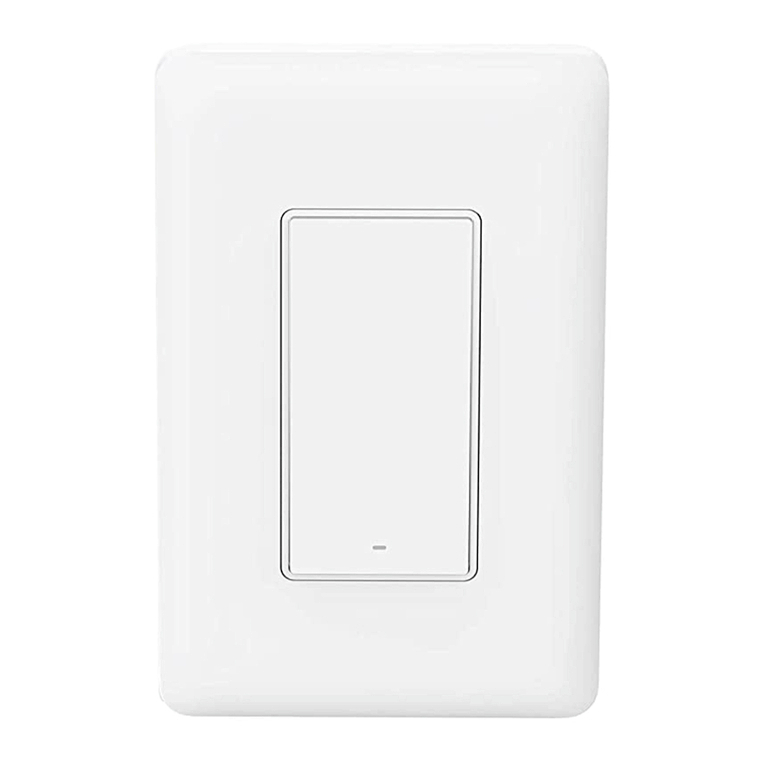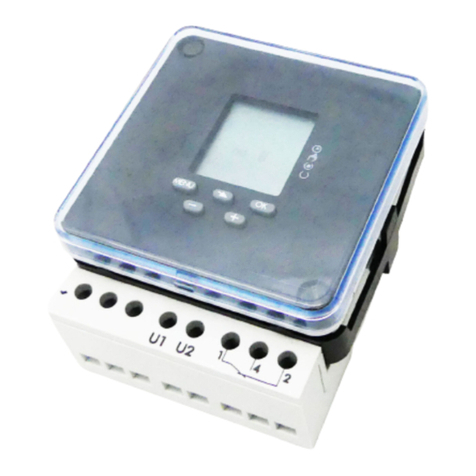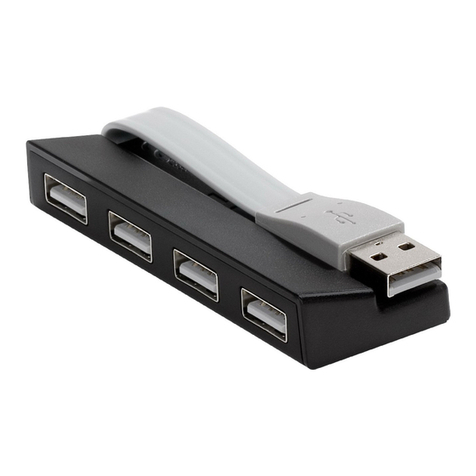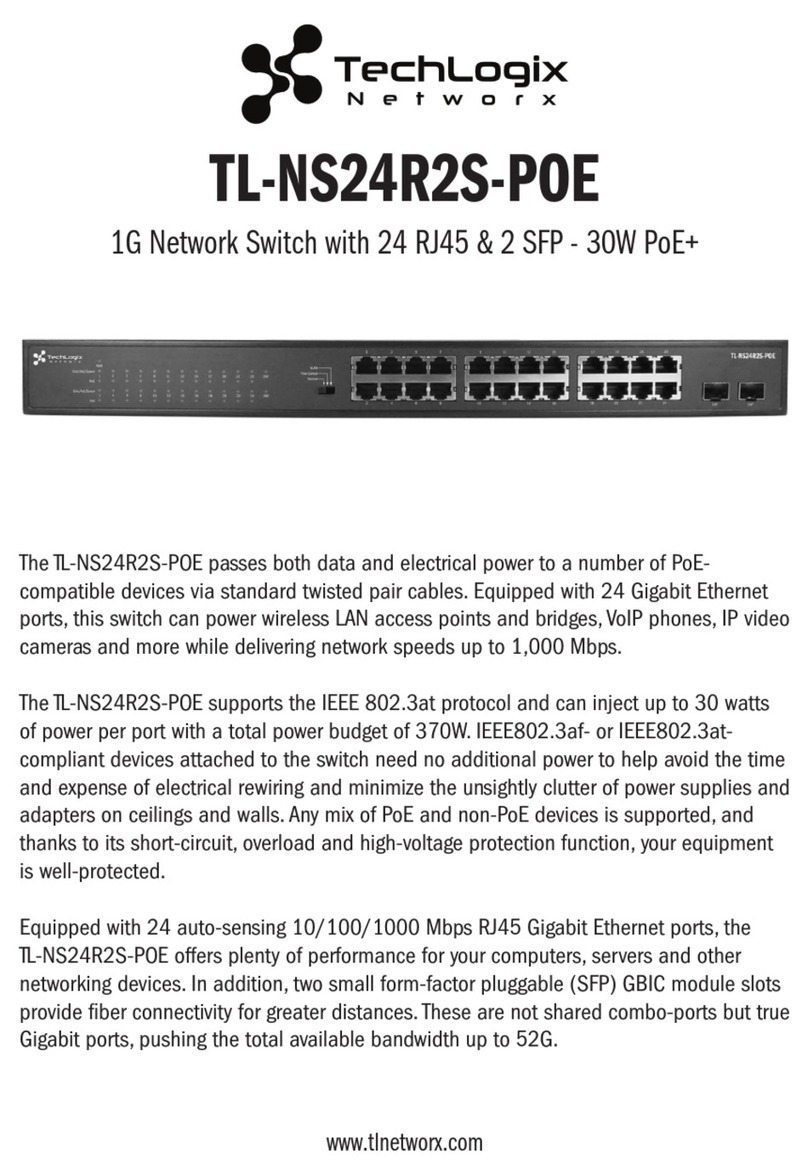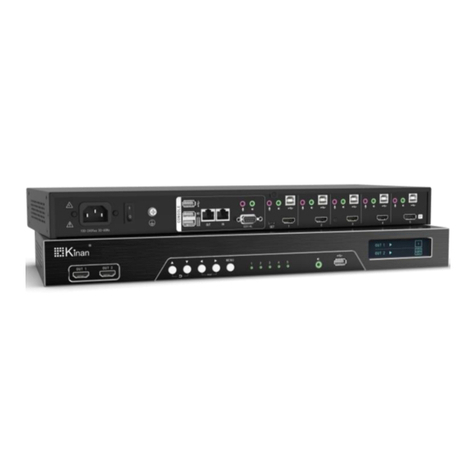Blade Network Technologies BLADEOS RackSwitch G8124 User guide




















Other manuals for BLADEOS RackSwitch G8124
2
This manual suits for next models
1
Table of contents
Other Blade Network Technologies Switch manuals
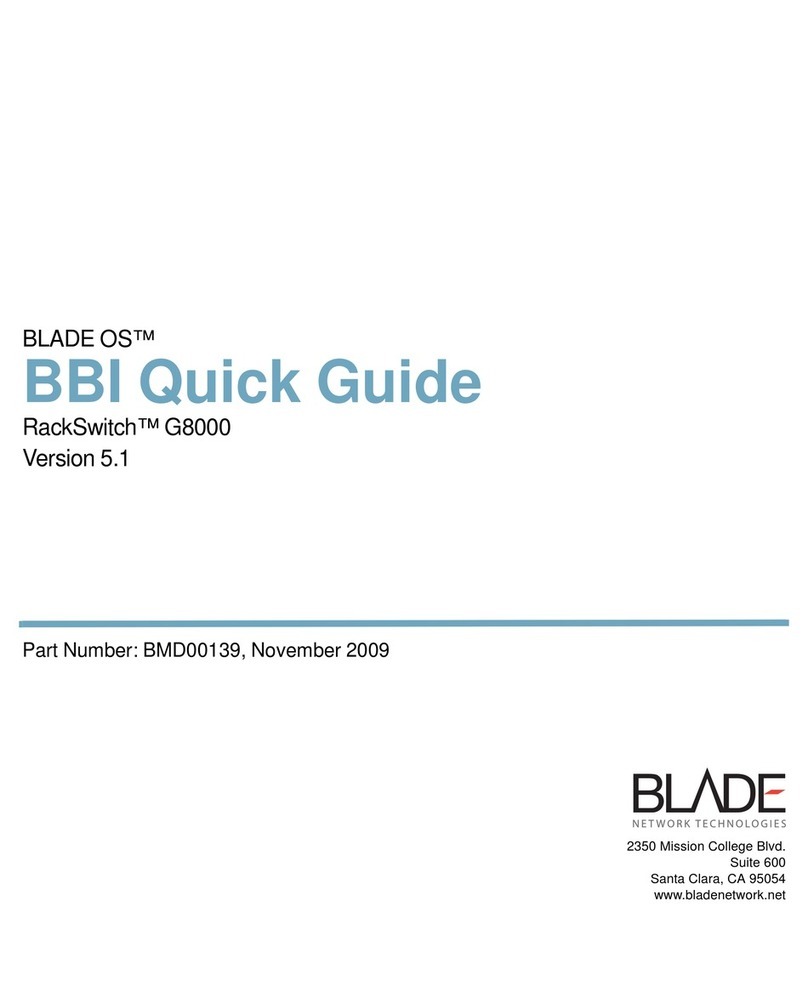
Blade Network Technologies
Blade Network Technologies RackSwitch G8000 User manual
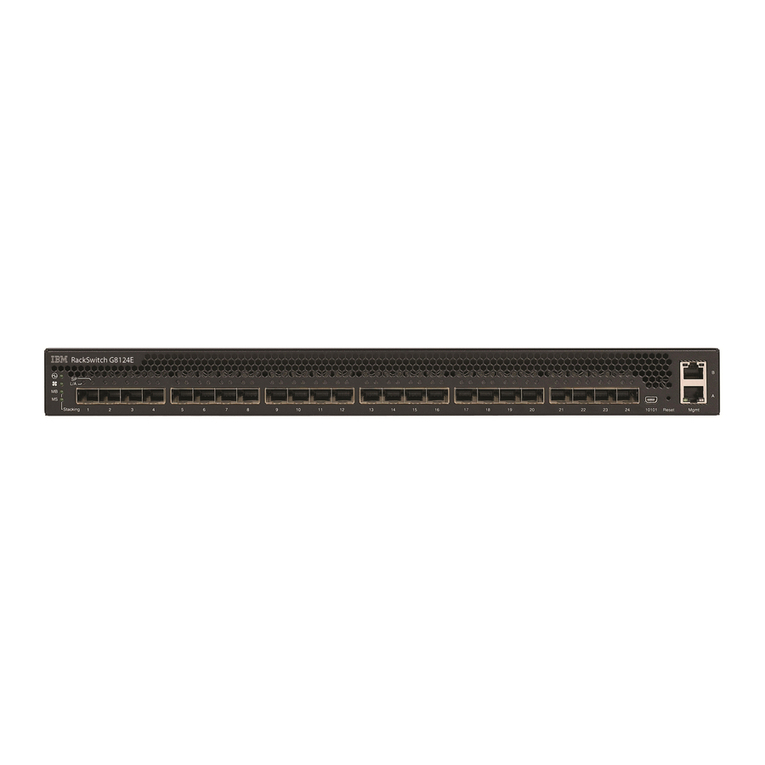
Blade Network Technologies
Blade Network Technologies BLADEOS RackSwitch G8124 User manual
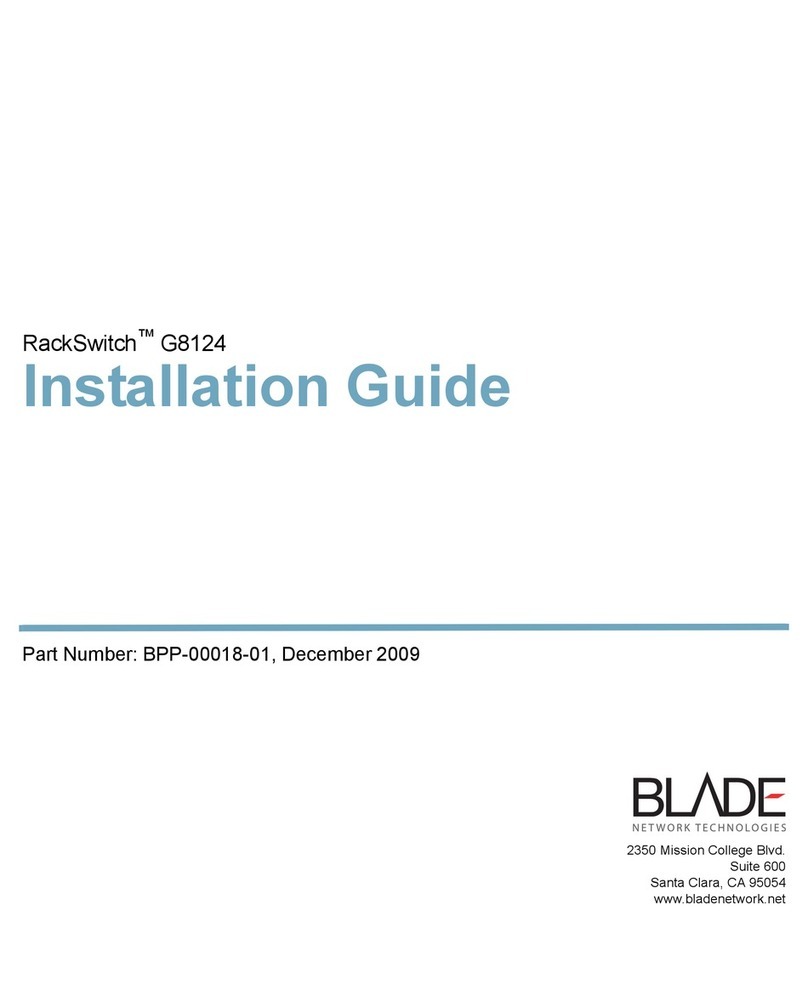
Blade Network Technologies
Blade Network Technologies BLADEOS RackSwitch G8124 User manual

Blade Network Technologies
Blade Network Technologies RackSwitch G8000 User guide
Popular Switch manuals by other brands
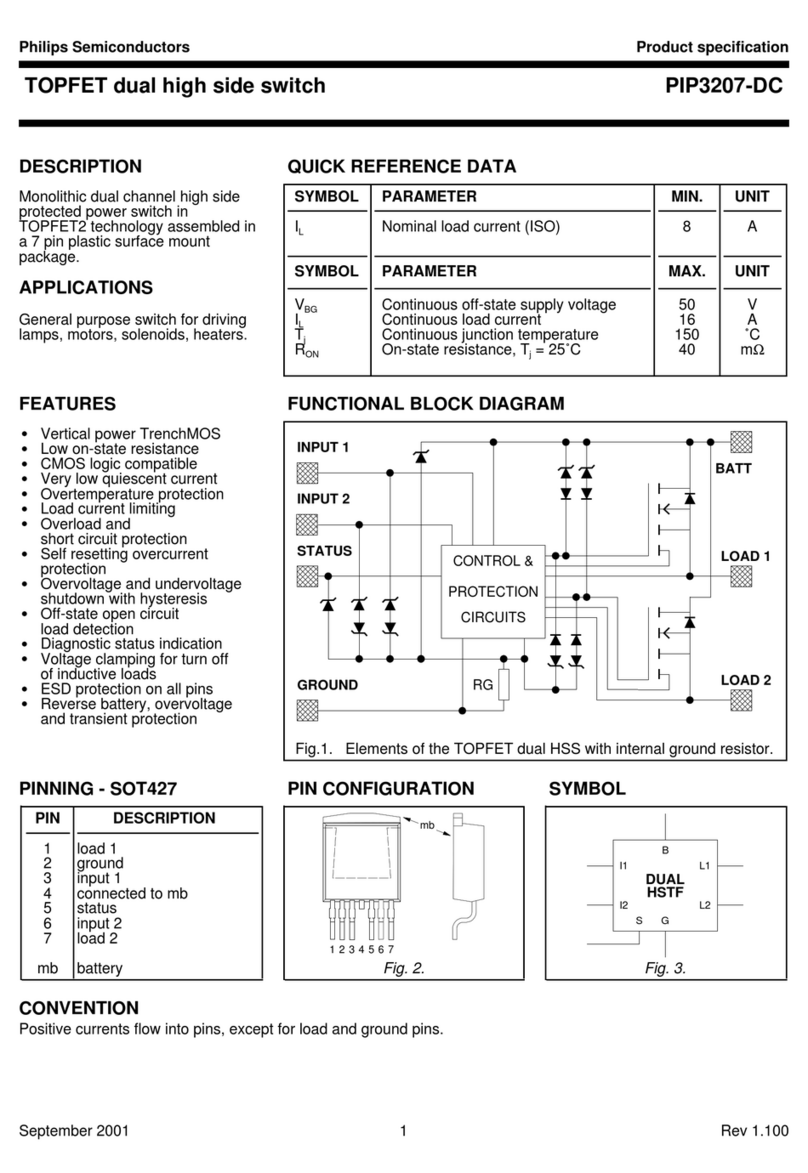
Philips
Philips PIP3207-DC Specification sheet

V2
V2 KIBO-R manual
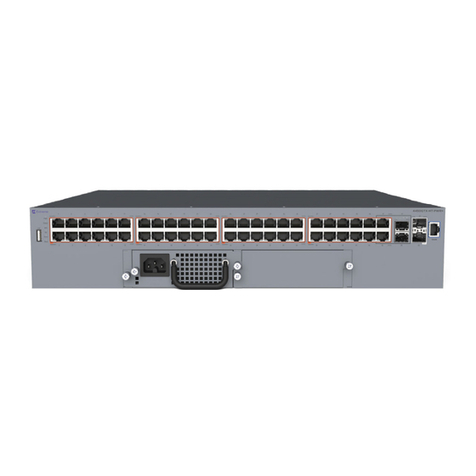
Extreme Networks
Extreme Networks ExtremeSwitching Virtual Services Platform... installation guide
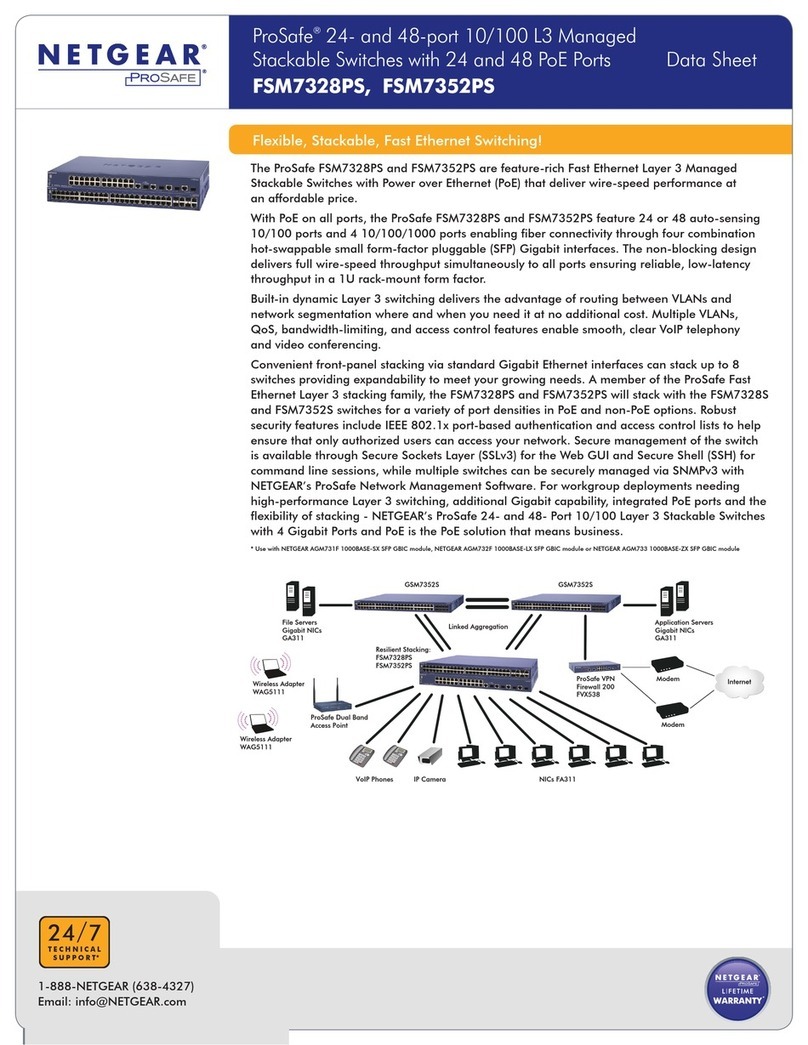
NETGEAR
NETGEAR FSM7328PS - ProSafe 24 Port 10/100 L3 Managed Stackable... datasheet
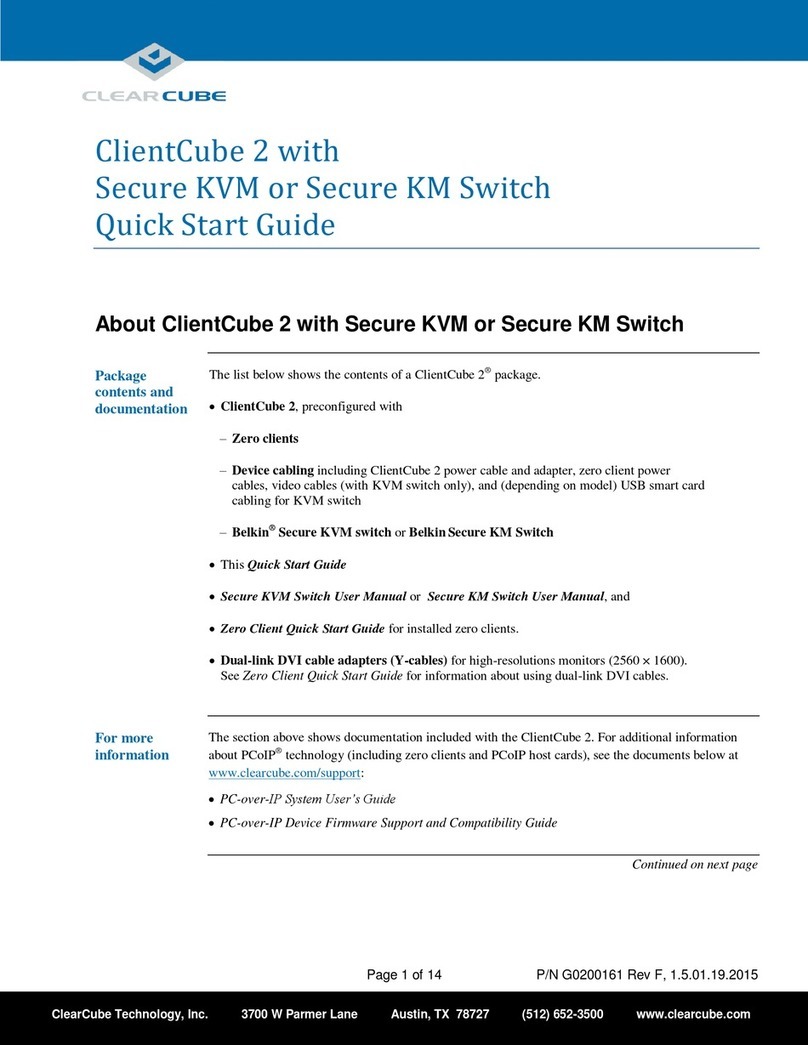
ClearCube
ClearCube clientcube 2 quick start guide

TP-Link
TP-Link TL-SG1024 installation guide

MiLAN
MiLAN MIL-SM801P Specifications
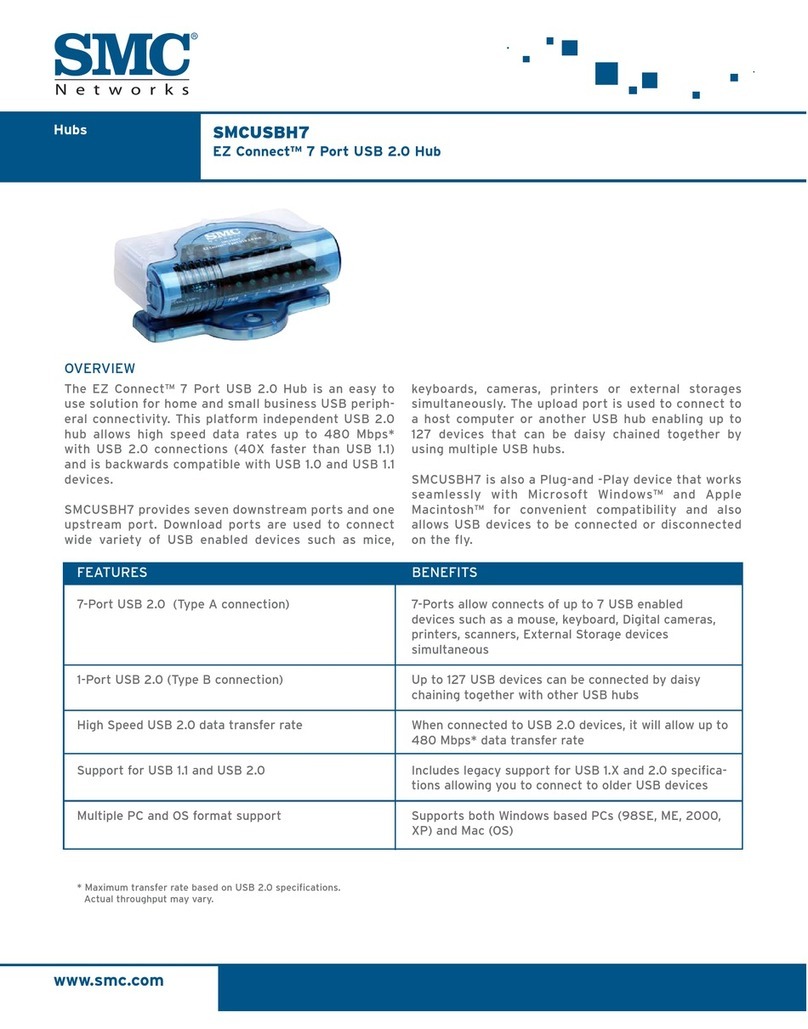
SMC Networks
SMC Networks SMC EZ Connect SMCUSBH7 Technical specifications
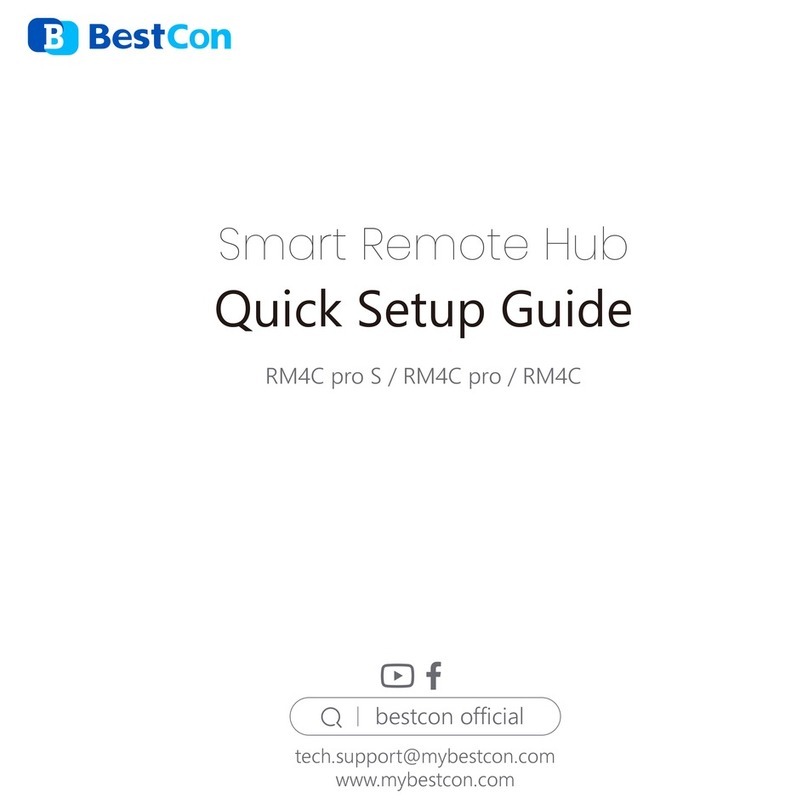
BestCon
BestCon RM4C pro S Quick setup guide
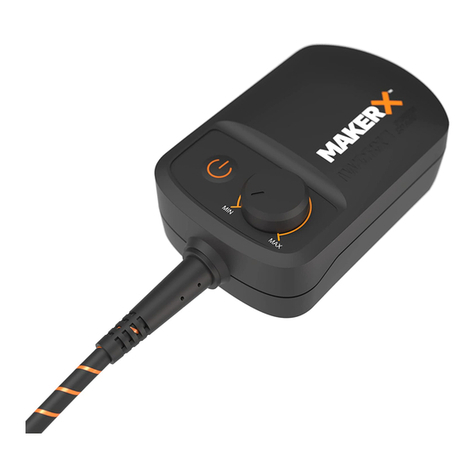
Worx
Worx MAKERX WA7160 Original instructions
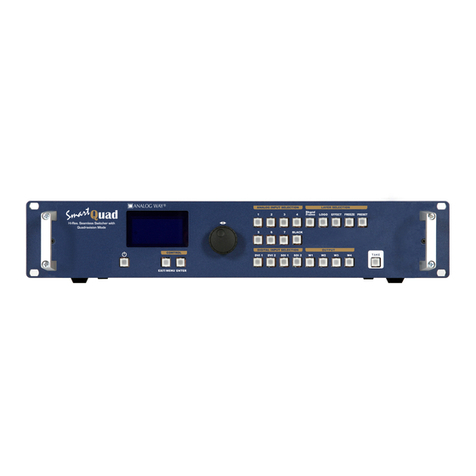
Analog way
Analog way Smart Quad SQD200 quick start guide
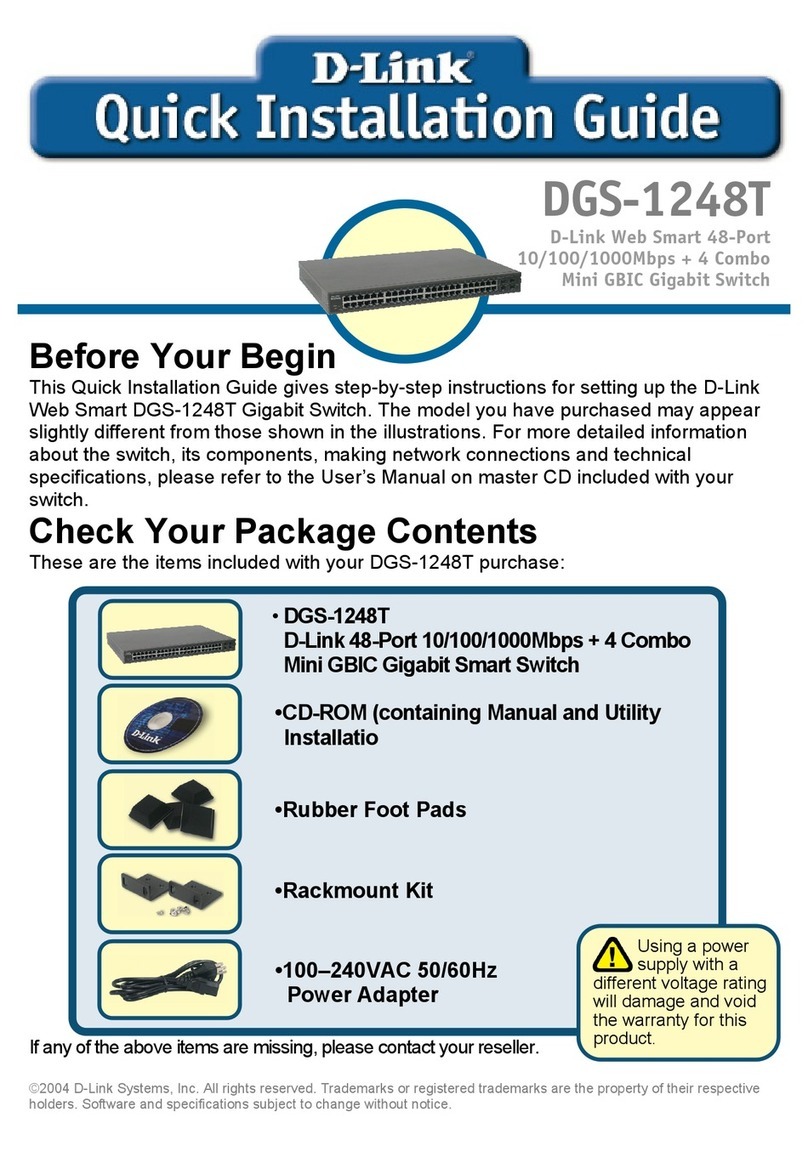
D-Link
D-Link DGS-1248T - Switch Quick installation guide
